Your cart is currently empty!

ISO 899:2017
ISO 899:2017 Plastics – Determination of creep behaviour – Part 1: Tensile creep
CDN $173.00
Description
ISO 899-1 specifies a method for determining the tensile creep of plastics in the form of standard test specimens under specified conditions such as those of pretreatment, temperature and humidity.
The method is suitable for use with rigid and semi-rigid non-reinforced, filled and fibre-reinforced plastics materials in the form of dumb-bell-shaped test specimens moulded directly or machined from sheets or moulded articles.
The method is intended to provide data for engineering-design and research and development purposes. Data for engineering-design purposes requires the use of extensometers to measure the gauge length of the specimen. Data for research or quality-control purposes may use the change in distance between the grips (nominal extension).
Tensile creep can vary significantly with differences in specimen preparation and dimensions and in the test environment. The thermal history of the test specimen can also have profound effects on its creep behaviour (see Annex A). Consequently, when precise comparative results are required, these factors are intended to be carefully controlled.
If tensile-creep properties are used for engineering-design purposes, the plastics materials are intended to be tested over a broad range of stresses, times and environmental conditions.
Edition
3
Published Date
2017-10-02
Status
PUBLISHED
Pages
14
Format 
Secure PDF
Secure – PDF details
- Save your file locally or view it via a web viewer
- Viewing permissions are restricted exclusively to the purchaser
- Device limits - 3
- Printing – Enabled only to print (1) copy
See more about our Environmental Commitment
Abstract
ISO 899-1 specifies a method for determining the tensile creep of plastics in the form of standard test specimens under specified conditions such as those of pretreatment, temperature and humidity.
The method is suitable for use with rigid and semi-rigid non-reinforced, filled and fibre-reinforced plastics materials in the form of dumb-bell-shaped test specimens moulded directly or machined from sheets or moulded articles.
The method is intended to provide data for engineering-design and research and development purposes. Data for engineering-design purposes requires the use of extensometers to measure the gauge length of the specimen. Data for research or quality-control purposes may use the change in distance between the grips (nominal extension).
Tensile creep can vary significantly with differences in specimen preparation and dimensions and in the test environment. The thermal history of the test specimen can also have profound effects on its creep behaviour (see Annex A). Consequently, when precise comparative results are required, these factors are intended to be carefully controlled.
If tensile-creep properties are used for engineering-design purposes, the plastics materials are intended to be tested over a broad range of stresses, times and environmental conditions.
Previous Editions
Can’t find what you are looking for?
Please contact us at:
Related Documents
-

ISO 3251:2019 Paints, varnishes and plastics – Determination of non-volatile-matter content
CDN $115.00 Add to cart -

ISO 4765:2022 Chemically-induced ultra-weak photon emission (UPE) – Measurement as an analysis method of degradation of polymeric material
CDN $233.00 Add to cart -

ISO 11907:1998 Plastics – Smoke generation – Determination of the corrosivity of fire effluents – Part 4: Dynamic decomposition method using a conical radiant heater
CDN $233.00 Add to cart -

ISO 22526:2020 Plastics – Carbon and environmental footprint of biobased plastics – Part 2: Material carbon footprint, amount (mass) of CO2 removed from the air and incorporated into polymer molecule
CDN $115.00 Add to cart







